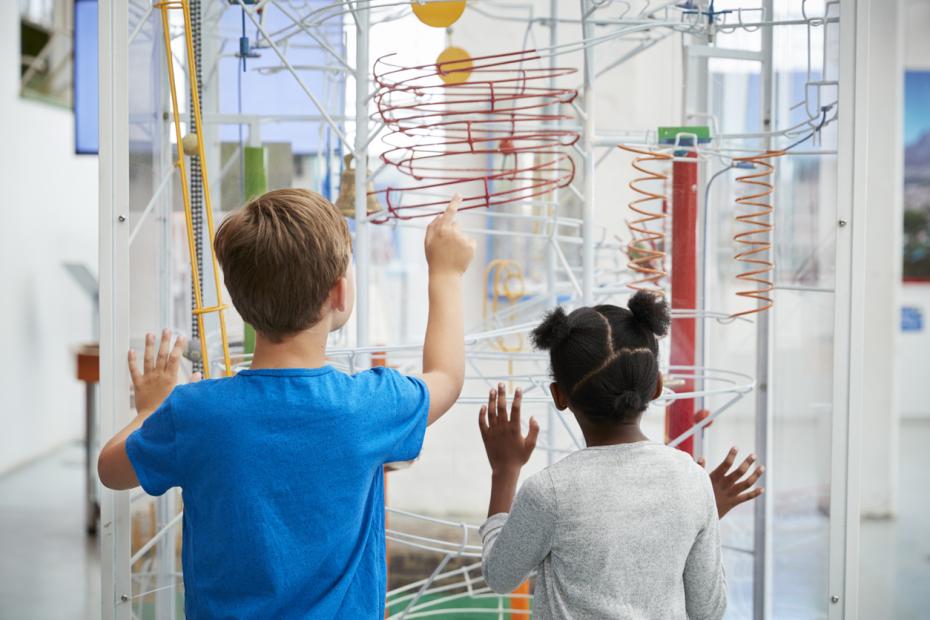
Want to know what the future of HE looks like? Ask your students

When I was at university in the late 1990s the internet was still in its infancy. The use of “tech” in the classroom was rarely more sophisticated than an overhead projector, feedback was a show of hands in the lecture room or a paper questionnaire and course handouts were invariably black-and-white photocopies.
How times have changed. Student inclusion is now an ongoing and transformative process aimed at improving higher education systems to meet the needs of all students. As such, we have about 38,000 students at Northumbria University who are independently surveyed in the National Student Survey, which is commissioned by the English regulator, the Office for Students (OfS). Students are asked about the quality of their courses and their experiences of studying at their chosen universities. This engagement empowers our students in that their opinions are shaping the future of the university and those who choose to study with us thereafter.
- You said, we did – now what? Why student voice initiatives need a rethink
- Amplify the authentic student voice in university marketing
- Spotlight guide: The practicalities of co-creation with students
In the academic year 2019/20 more than 332,000 students with declared disabilities entered UK universities – a figure that had grown by 47 per cent in five years. Education leaders have well and truly entered a phase in which authentic student voices should be at the heart of the decisions made at every university.
Meanwhile, Covid-19 ushered in an era in which online classes are now widely accepted and digital transformation has changed the face of learning. Applied to the student voice, modern technology gives universities the ability to canvas student opinions with ease and at pace. But it is more than this; it also demonstrates to students that their chosen HE provider cares about what they think because they are providing the opportunity for students to be heard. However, the scale of this aim makes it no easy task.
Many universities, including Northumbria, are using digital tools to try and improve student inclusion. Engaging with our students and making digital course content more accessible by using tools such as Microsoft Immersive Reader and Anthology Ally helps us create more inclusive learning communities, delivering multiple benefits for the university and our students. From the delivery of accessible course materials for all students to a digital induction and mentoring programme to help staff improve their digital content delivery, technology has enabled us to listen to and act on fresh insights.
Institutions can also try building their inclusion plans into their education and university strategies. This gives upfront visibility to leadership so that discussions and budgets can be effectively allocated to specific projects. At Northumbria, we have introduced numerous processes that we feel could be beneficial to share with other universities to adapt as they require:
− Try using “student inclusion consultants” for projects that utilise the student voice to improve inclusion in all areas. Two such projects at Northumbria, for example, reviewed specific courses for accessibility and inclusive learning content, and the report was shared with the relevant departments, resulting in workshops being developed to support staff to design inclusive learning materials.
− “V-C diversity and inclusion fund” projects can encourage staff and student engagement with equity, diversity and inclusion (EDI) across the university. We are working with students to improve the consistency of courses in terms of inclusivity (especially improving navigation and signposting) as well as working with our technology partners and providing them with student feedback on how products can be improved. One of our suggestions has already been given a place on the product roadmap for development.
− Another area to consider is collaborating with the student accessibility and inclusion teams to build staff and student accessibility toolkits. These toolkits provide information and guidance on assistive technologies and how to create inclusive and accessible learning content.
These approaches can help universities support the dedicated research and delivery of inclusion projects, which has in turn encouraged us to look at the accessibility of learning materials for students by department. This enables universities to tailor student support for those with diverse learning preferences.
To quote Alexander Astin’s theory of development from 40 years ago: “The amount of student learning and personal development associated with any educational programme is directly proportional to the quality and quantity of student involvement in that programme.” As key stakeholders, student inclusion should also extend to the co-creation of curriculums, inviting students to share decision-making about course design and the format of course materials, including teaching and assessment. Delivering learning that is collaboratively produced between staff and students will not only produce thriving students but also a thriving place of education – and that is a goal worth investing in.
Kristen McCartney has 20 years of experience in education and is technology and enhanced learning (TEL) manager, impact and engagement, at Northumbria University, UK.
If you would like advice and insight from academics and university staff delivered direct to your inbox each week, sign up for the THE Campus newsletter.


